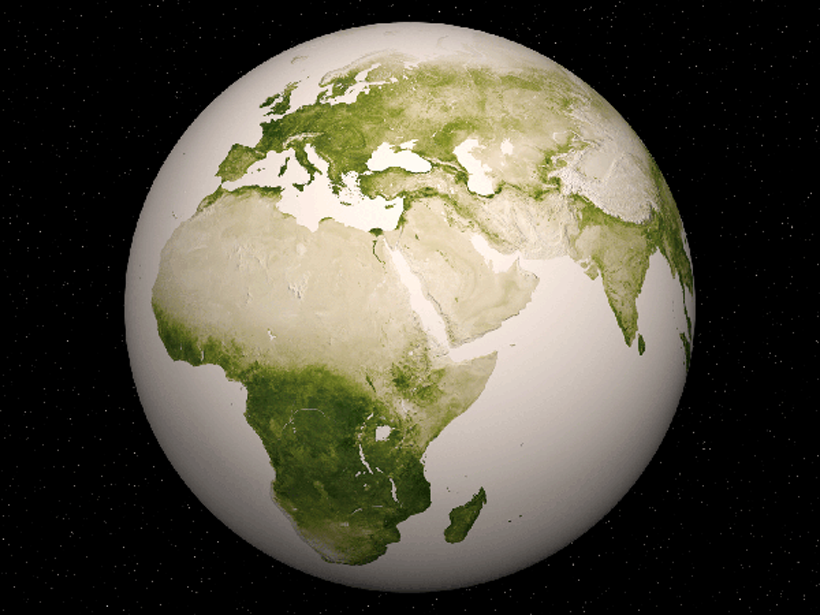New analysis indicates that planetary feedbacks alone don’t make habitability an inevitability.
J. Romero
Posted inNews
Exoplanet Earth: An Ultimate Selfie to Find Habitable Worlds
Aliens spying on us from afar is a common science fiction trope. Soon we might know what E.T. would see through a telescope. And that information could help identify other Earth-like planets.


